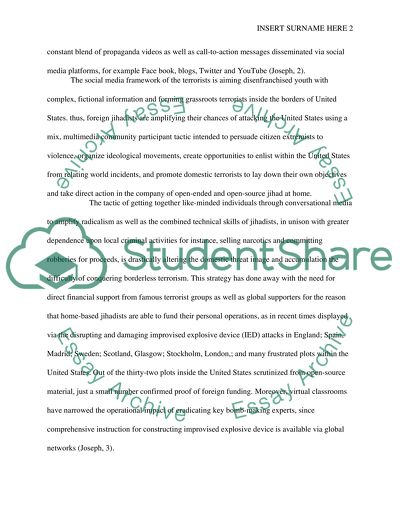Cite this document
(“Media and its affect on Terrorism Essay Example | Topics and Well Written Essays - 2500 words”, n.d.)
Retrieved from https://studentshare.org/journalism-communication/1640554-media-and-its-affect-on-terrorism
Retrieved from https://studentshare.org/journalism-communication/1640554-media-and-its-affect-on-terrorism
(Media and Its Affect on Terrorism Essay Example | Topics and Well Written Essays - 2500 Words)
https://studentshare.org/journalism-communication/1640554-media-and-its-affect-on-terrorism.
https://studentshare.org/journalism-communication/1640554-media-and-its-affect-on-terrorism.
“Media and Its Affect on Terrorism Essay Example | Topics and Well Written Essays - 2500 Words”, n.d. https://studentshare.org/journalism-communication/1640554-media-and-its-affect-on-terrorism.


